Choosing good ammunition to dispatch a coyote is important. For air rifles, generally speaking there are 2 types of projectiles you will see most most often, slugs and pellets. Any of these types of ammunition can work on coyotes if you dial in the adequate power levels. Let's take a look at some products out there.
Below are FX Airgun pellets in .35 caliber. You can see they have a dome shape on the front and a skirt near the rear with a hollowed out back end end where the pellet probe can fit. This skirt assists to stabilize the projectile in flight. The skirt also creates a fair bit of drag on the projectiles and causes them to lose their energy at a faster rate than slugs.
Below are two types of slugs. On the right are JSB Knockouts in .25 caliber and the left is Air Velocity Sport aka AVS in .35 caliber. Both of these feature a hollow point to assist with expansion upon impact and a flat base.
Below are JSB Hades Pellets in .22 with their radioactive sort of symbol baked into the head. They are quite popular among air gun enthusiasts.
These polymer tipped pellets below are Predator Polymags. The red tip helps with expansion upon impact.
On some airguns when you switch ammunition between slugs and pellets you would be best off also changing a "pellet probe" which pushes the ammunition from the magazine or single shot tray into the barrel. If you view the slugs in the image above, the flat base design is a big departure from the pellets and this can be problematic. Changing the probes will assist in pushing the projectile straight and avoid turning it sideways and smashing up into a ball while it attempts to enter the barrel. In a worst case scenario, slugs can get stuck between the magazine and the start of the barrel resulting in a very difficult to remove magazine. In addition to changing pellet probes, some airguns may even need a change to the magazine or magazine components to compensate for the ammunition differences. Some of the older FX magazines had issues cycling slugs and there are people still selling after-market feeder trays to solve this matter. It's a good idea to follow the industry by monitoring forums dedicated to airguns and getting ahead of issues like this.
Some barrels shoot pellets better and some are specifically designed for slugs. Several barrels of the same caliber can have slightly different diameter, different twist rates or even have a choke which constricts the ammo as it travels down the barrel in order to improve accuracy. All of these factors will impact accuracy upon various types of ammunition. You can usually find more information on barrels from the manufacturer or dealer to get an idea what might be most accurate in your setup.
Since there are so many different barrels, the ammunition for airguns is all over the place when it comes to sizes (length, diameter, ogive). There isn't an industry standard when it comes to ammo and the varying lengths can result in some ammunition not fitting into magazines. Predator Polymags are notorious for this problem and they even produce a "short" version because of it. If you have an issue feeding the ammo into the barrel try using a single shot tray to see if it helps. If you have the option then change the pellet probe for your airgun when appropriate.
The main things I would like to emphasize is know how much your ammunition and airgun combination are delivering down range. You can use chronographs and ballistic applications for your smart phone like Mero, Chairgun or something similar to make these calculations on a table for you. The ballistics apps usually display energy levels at varying distances, the expected drop in trajectory and more information that may be interesting to any shooter. Use these tools and make informed decisions.
Below is a screen shot from the Mero app on Android which displays the loss of energy at range using Predator Polymags in 25 caliber. I selected a 15 yard zero, muzzle velocity of 890 fps and target at 90 yards. I am not suggesting this power level but instead displaying content from ballistics applications for informational purposes.
The table below displays the points of impact at varying distances.
Whatever you choose make sure it is accurate and delivers appropriate energy down range. It's not a mystery why many people prefer the slugs as they retain energy better and tend to be heavier. As I have mentioned in A Guide To Controlling Coyote in Urban Environments, I have had great success using 70 ft lbs of energy at the muzzle with 38.5 grain slugs and targeting the coyote within 40 yards.

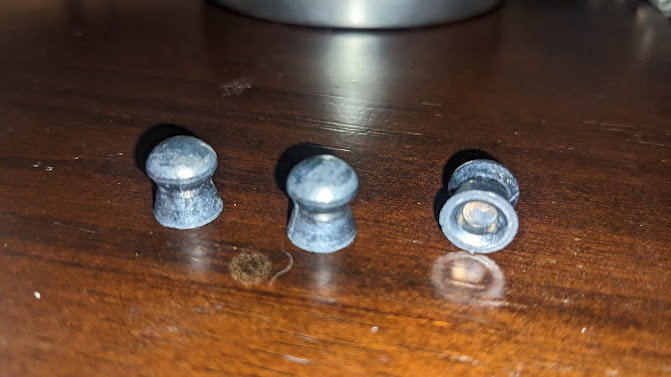
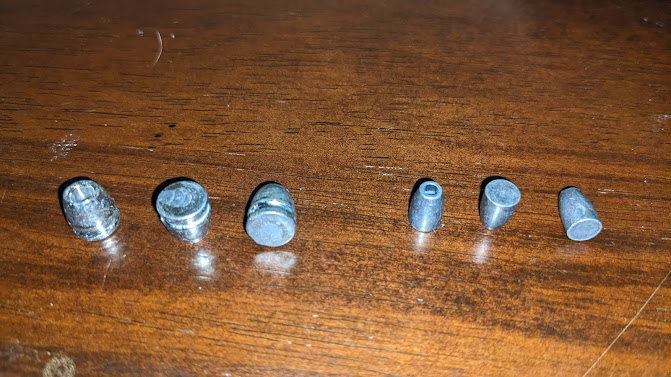
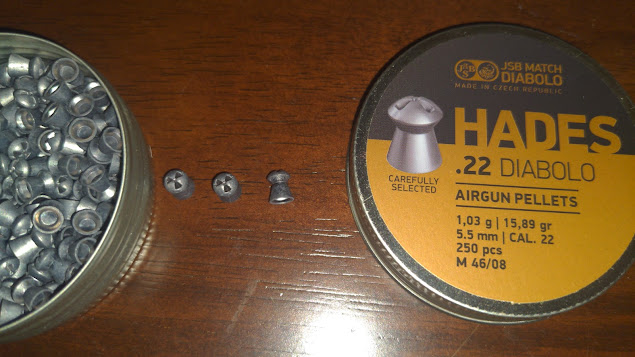
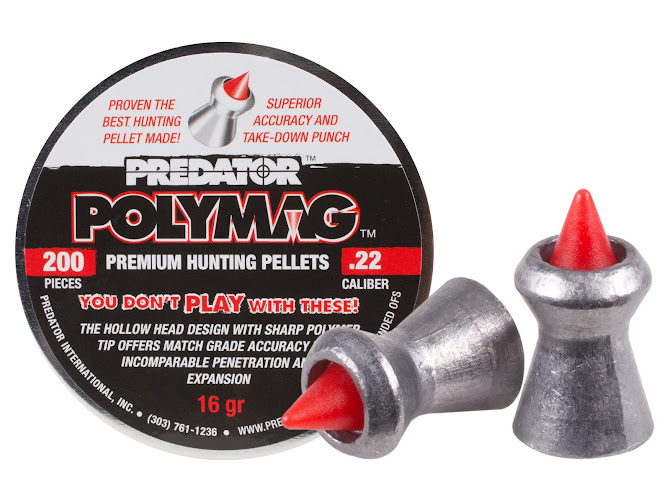

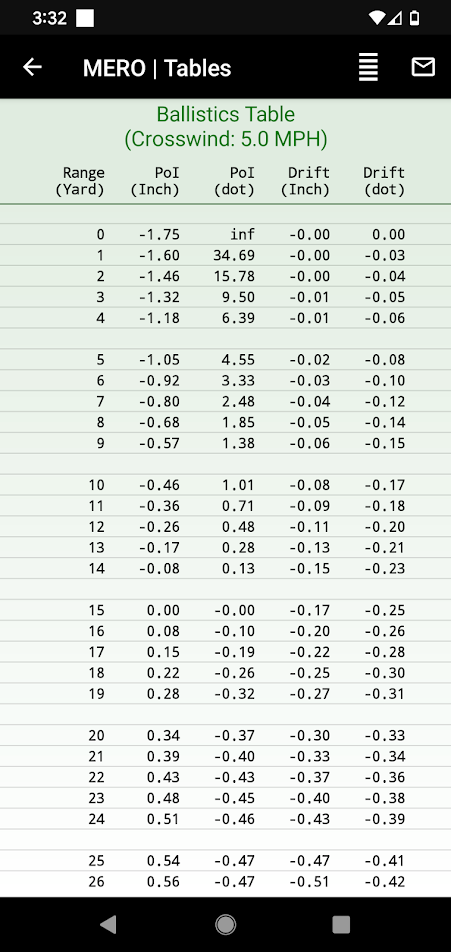
No comments:
Post a Comment